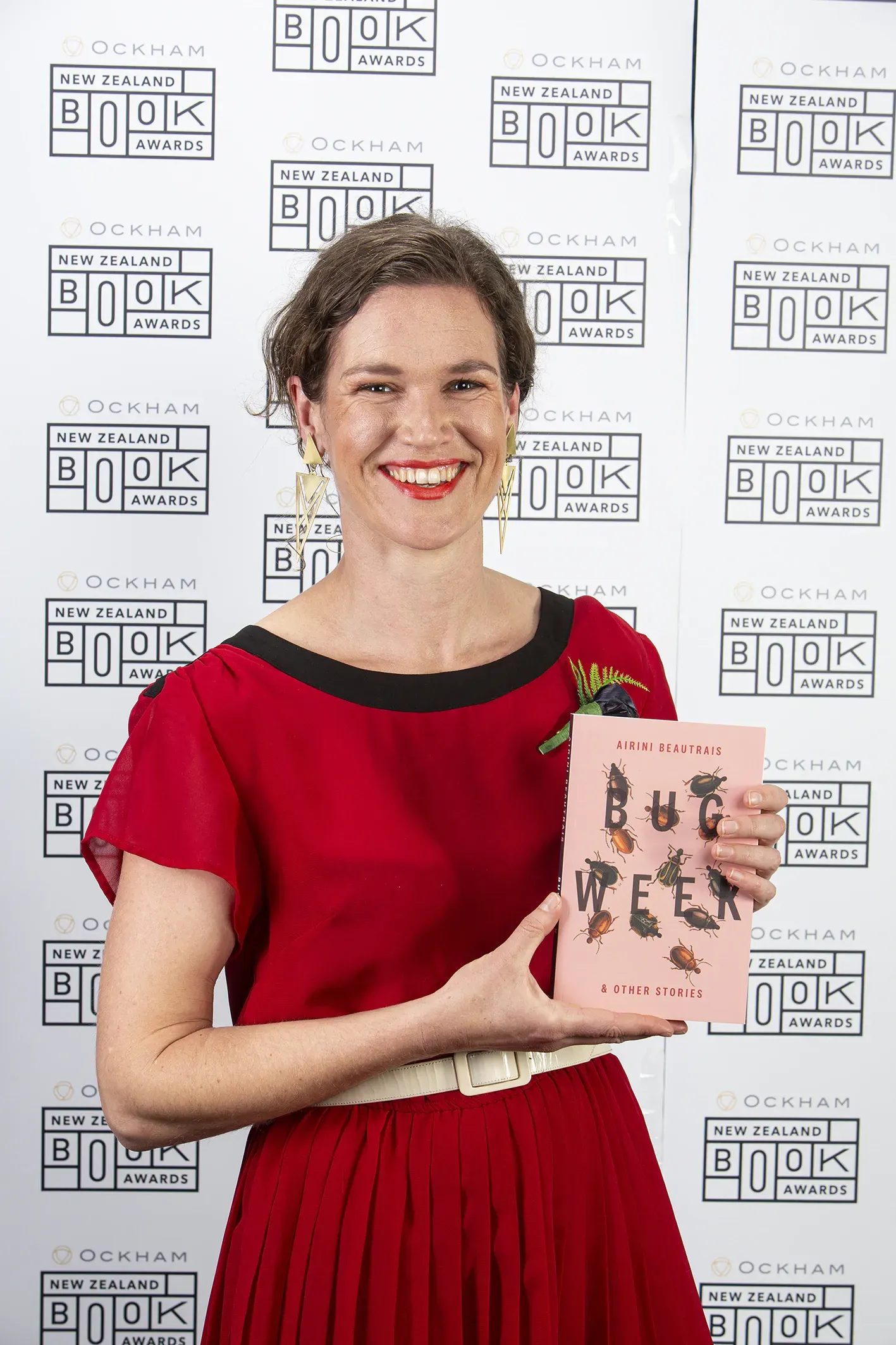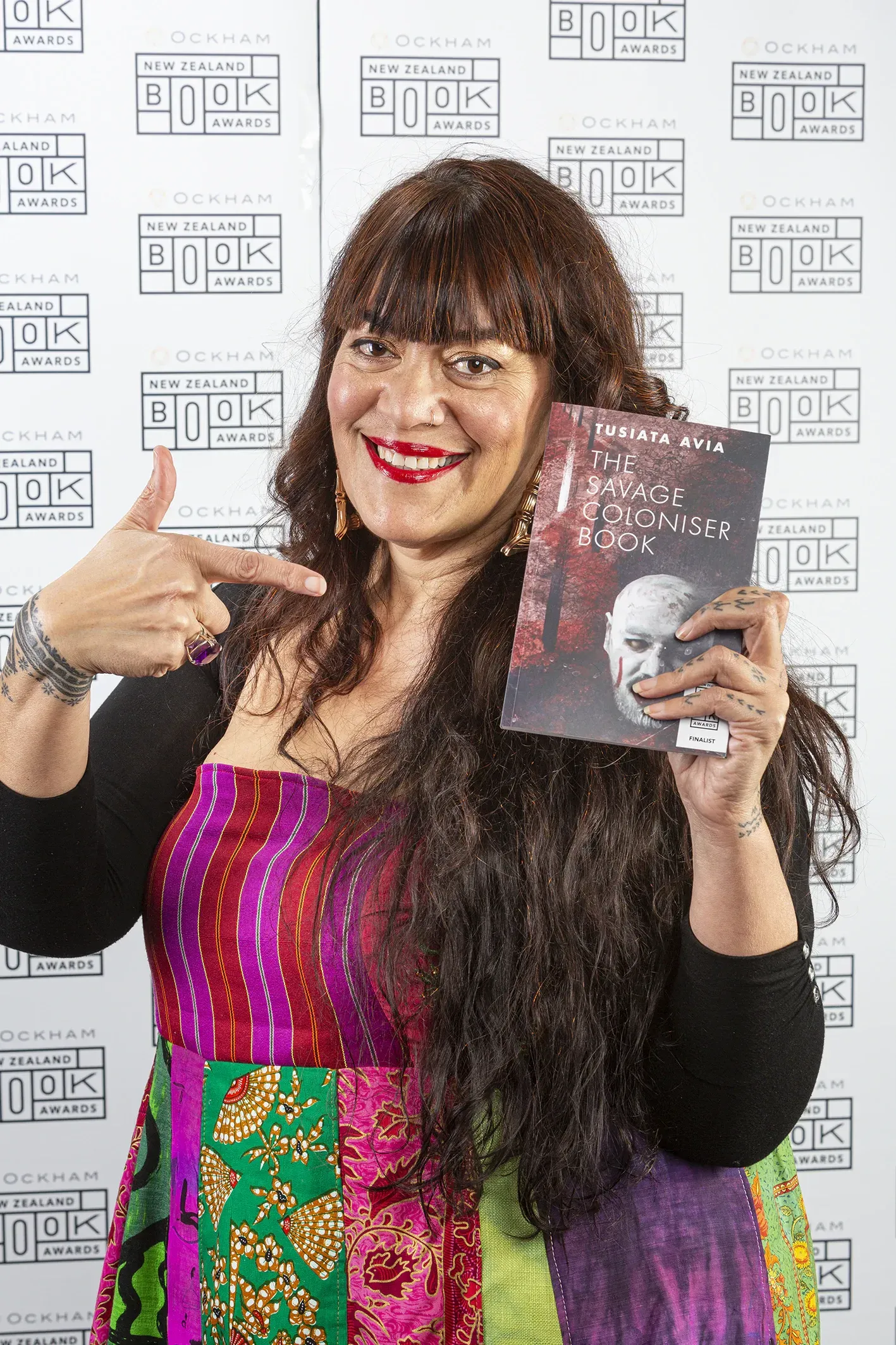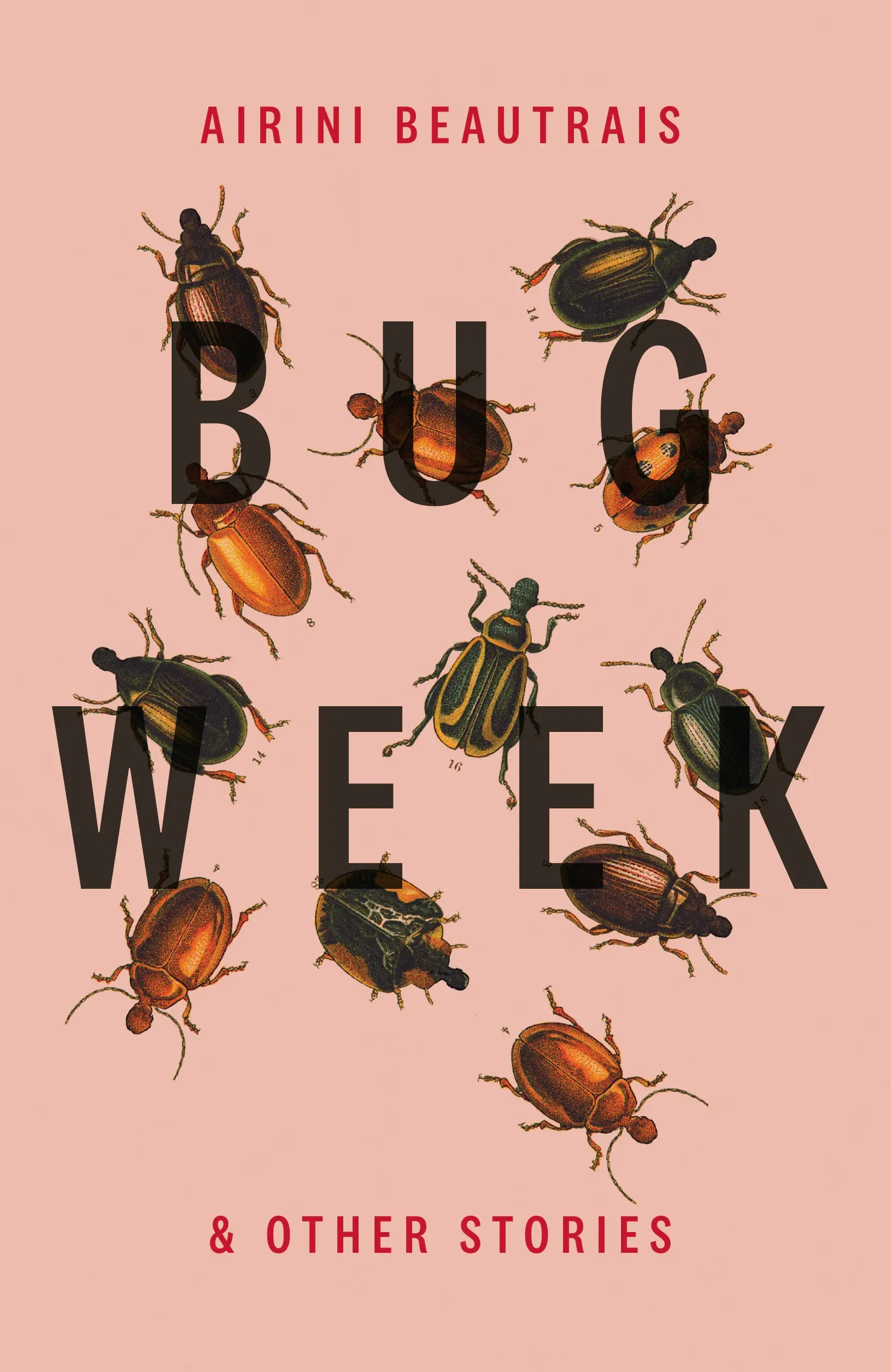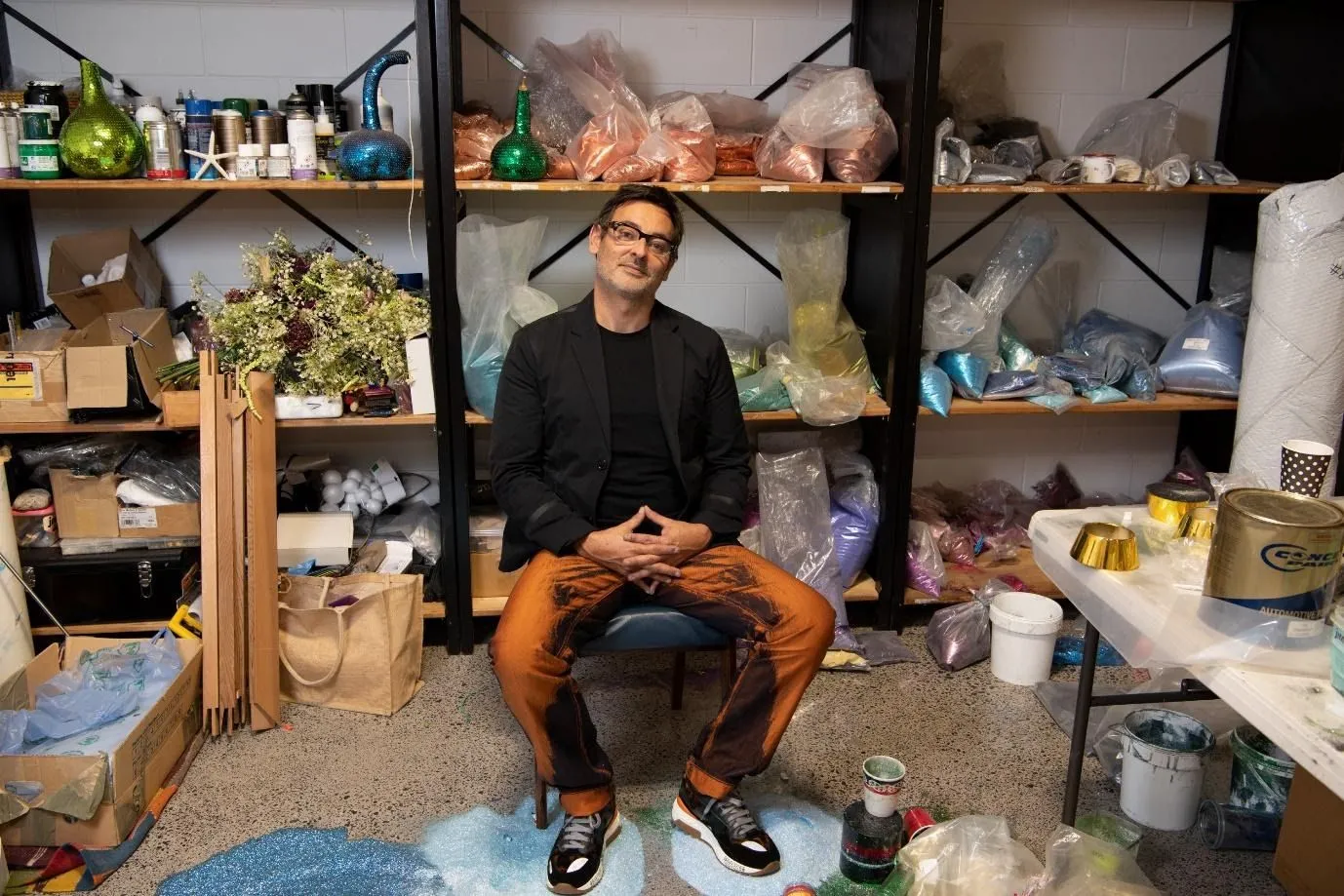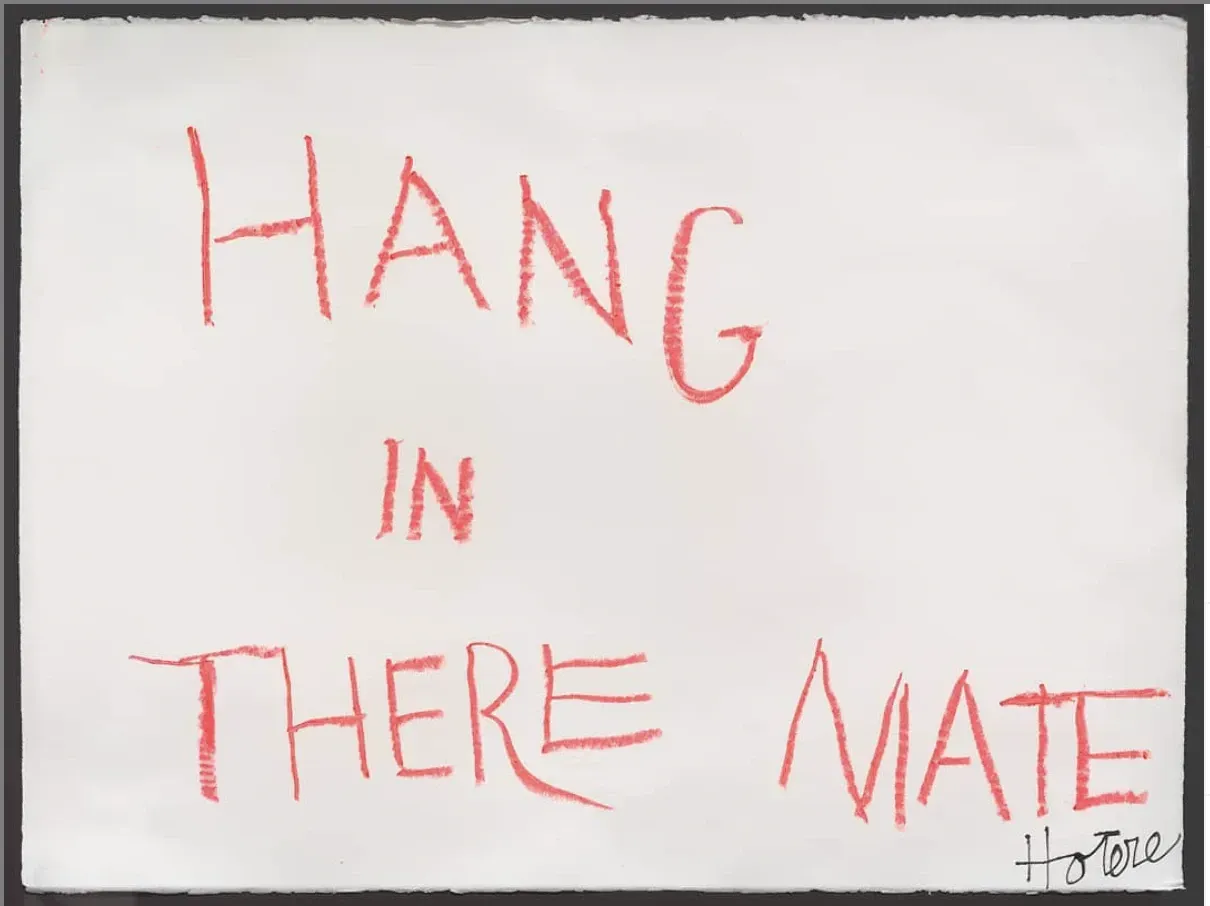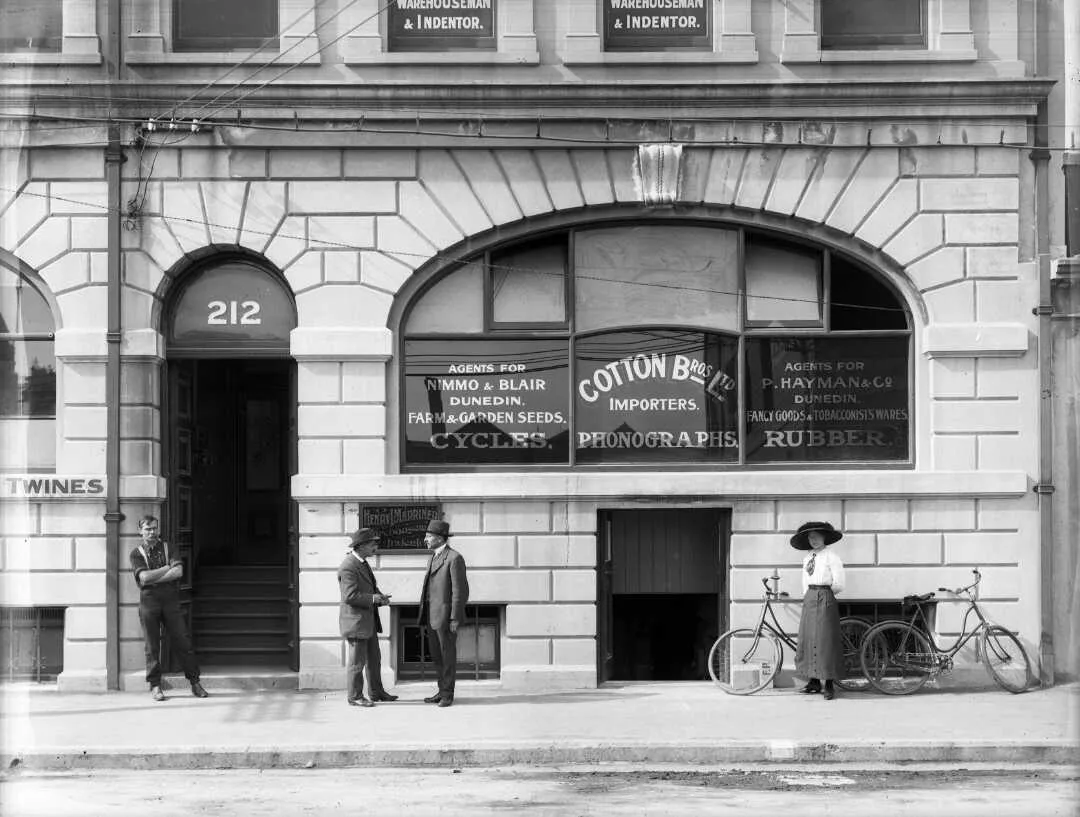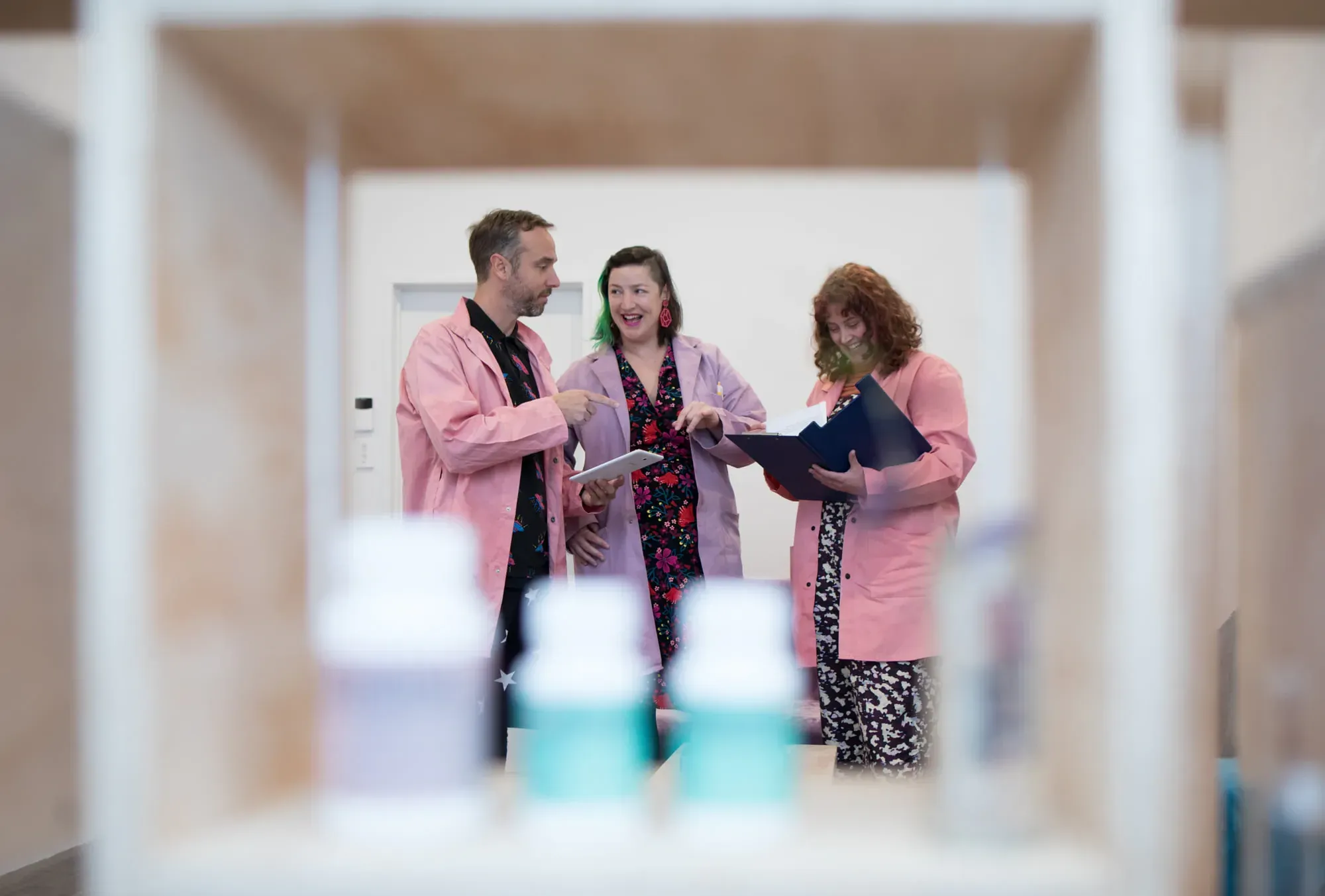Lowdown on Defying Convention
Written by
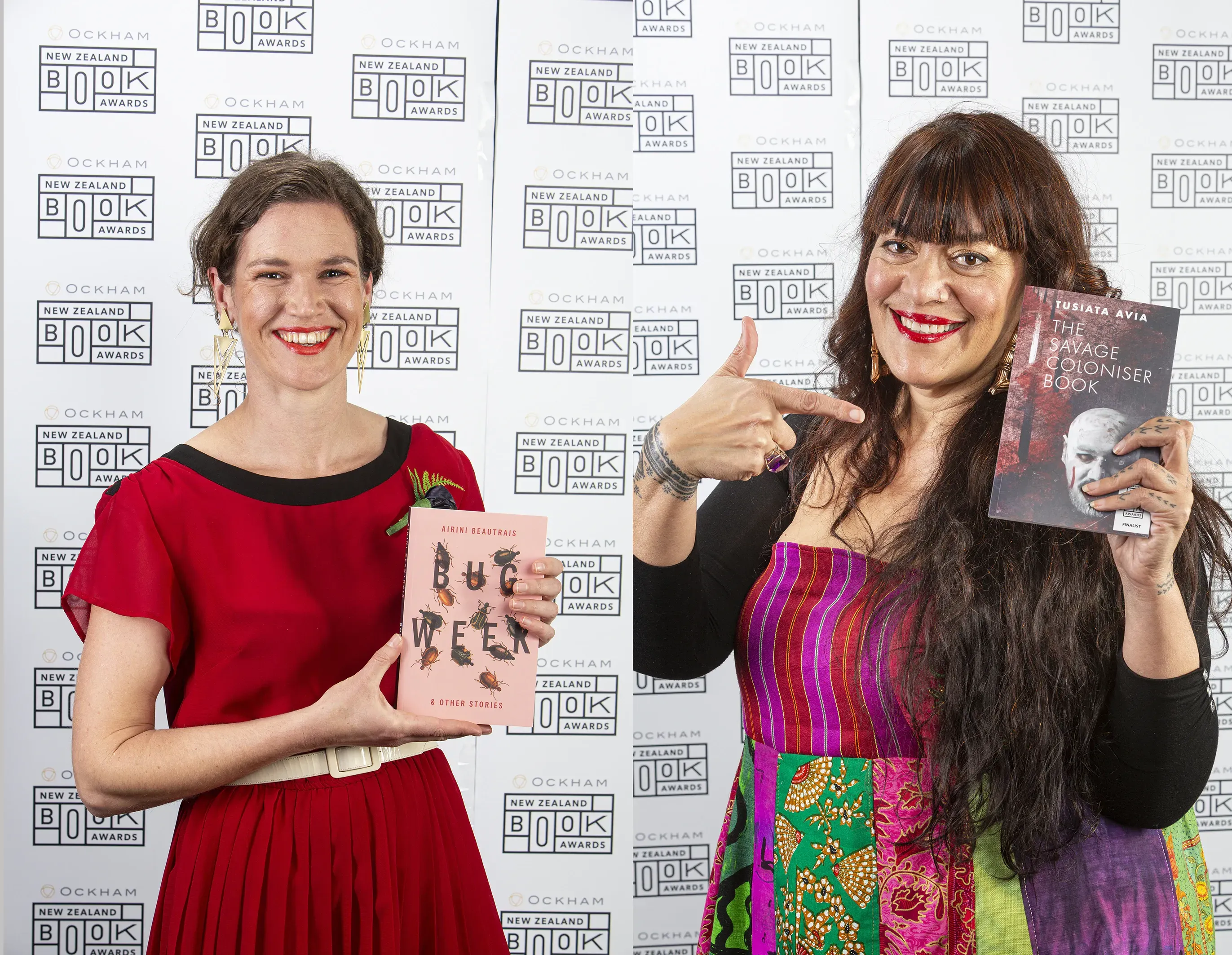
Literary Week of the Year
It’s the biggest week of the year for New Zealand writing, rightly proclaims Steven Braunias.
Firstly, if you’re reading day of publication, the New Zealand Book Awards were announced last night (streamed on their Facebook page if you want a catchup) with a writer who deserves wider exposure, Airini Beautrais taking out the Jann Medlicott Acorn Prize for Fiction for the "provocative" Bug Week. Best known as a poet, Beautrais becomes the first person to claim the $57,000 prize for a short stories collection in a decade - and only the second in 53 years - an important moment for "the poor relation" of fiction category.
Speaking of poets, Tusiata Avia claimed the hotly contested Mary and Peter Biggs award for Poetry for The Savage Coloniser Book - becoming the first Pasifika woman to do so, while Vincent O’Sullivan was successful in the nonfiction category for his excellent biography of Ralph Hotere.
NZ Herald's Elanor Black writes of the convention-defying impact the winning books left on the judges, While Stuff focused on the winners of the Best First Book section.
But that’s far from all this week.
Braunias reported earlier in the week for Newsroom from “the first city of NZ literature” Dunedin and their excellent-looking 2021 Writers Festival. At the same time, accounts were of a star-studded, packed Booktown festival with 55 events in Featherston, over the hill from Wellington (great images on their Facebook page). And then, this weekend, it’s the Auckland Writers Festival, for which Ruth Spencer provides some ‘rules of engagement’ in NZ Herald (paywalled).
But sticking with Dunedin, they've also just wrapped up a successful rebooted Arts festival (7700 tickets sold, 20 events sold out, reports the ODT). Such is the festival energy that Lynn Freeman presented radio arts programme Standing Room Only from the modest RNZ studios there, including interviews now online with local writers Vanda Symon and Heather McQuillan. Freeman was also at Wanaka's Festival of Colour when she chaired an 'Aspiring Conversation' with smart journalists and editors Anna Fifield and Patrick Gower. If you thought those Dunedin numbers looked good, wee Wanaka, departing director Philip Tremewan tells me, sold more than 9000 tickets.
As part of the week, one-time Dunedin resident Essie Summers, author of more than 50 Mills and Boon novels, became part of the Dunedin Writers Walk in the Octagon, with a brass plaque unveiled at the feet of the statue of Robbie Burns (here in the Otago Daily Times). Summers died back in 1998, aged 86, when perhaps we weren’t so charitable publicly about romance writers. New Zealand’s ‘Queen of Romance’ sold more than 19 million copies of her work!
Those further north might not know the Dunedin writers walk - its interesting history is recorded here.
And while we’re with literature, the big book news this week is the publication of beloved novelist Patricia Grace’s memoir, From the Centre. She spoke to RNZ’s Kathryn Ryan on Tuesday, and here’s a great review out this week by Emma Espiner.
Māori presence makes huge difference
Not only was the seminal Toi Tū Toi Ora exhibition at Auckland Art Gallery the largest exhibition in the gallery’s history, but it can also now be reported that it has had the largest attendance of a show at the gallery since 1989 (take that, European greats).
But the most impressive stat of all - a real gamechanger for the gallery and museum sector - is that 51% of the people who attended had never stepped into the gallery before.
The exhibition closed Sunday and, in its last week, Hamish Coney added intelligently to the pile of critical applause over on Newsroom with the fitting slogan “the blockbuster for these times.” Back in March (directing you there now as we missed it then), Anthony Byrt called it a “watershed” in Artforum.
As well as the new virtual reality experience of the show online (and yes a book is, I am told, underway), also announced is a feature-length documentary of the exhibition by Chelsea Winstanley (the first-ever Indigenous woman nominated as producer for Best Film at the Academy Awards for Jojo Rabbit), with music by Maree Sheehan and narration voiced by Taika Waititi.
Meanwhile, as it faces criticism of a lack of Māori representation at senior levels, Auckland Art gallery is further asserting its connection to Māori artists in a way that feels aligned with Toi Tu Toi Ora’s approach.
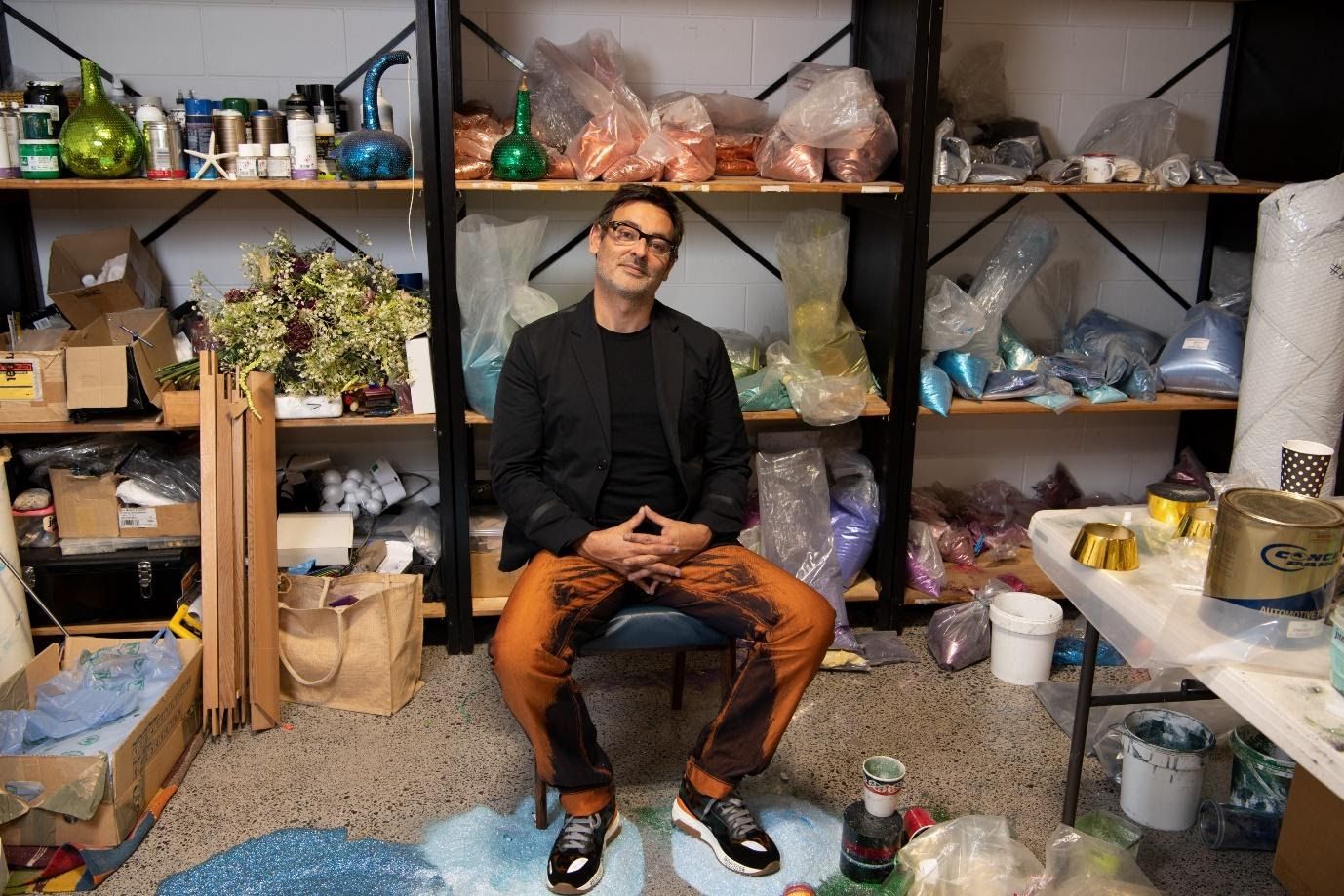
Reuben Paterson at his studio, 2021. Photo: Jennifer French.
A Reuben Paterson 10-metre-high waka made out of 610 crystals to rise out of the Gallery’s forecourt pool - casting sparkling stars over the water (to match Arnold Manaaki Wilson’s grand architectural columns) has been commissioned by the gallery and the Edmiston Trust. It navigates “a spectacular journey from Papatūānuku into the embrace of Ranginui.” The work is to be revealed on 17 June. Media release on Scoop here.
On Saturday, the Walters Prize exhibition opens and Wednesday the gallery announced that Kate Fowle, director of Moma PS1 in New York, has been appointed as the judge for this year’s Prize (release on Scoop here).

Kate Fowle - Walters Prize judge.
Hang in there mate
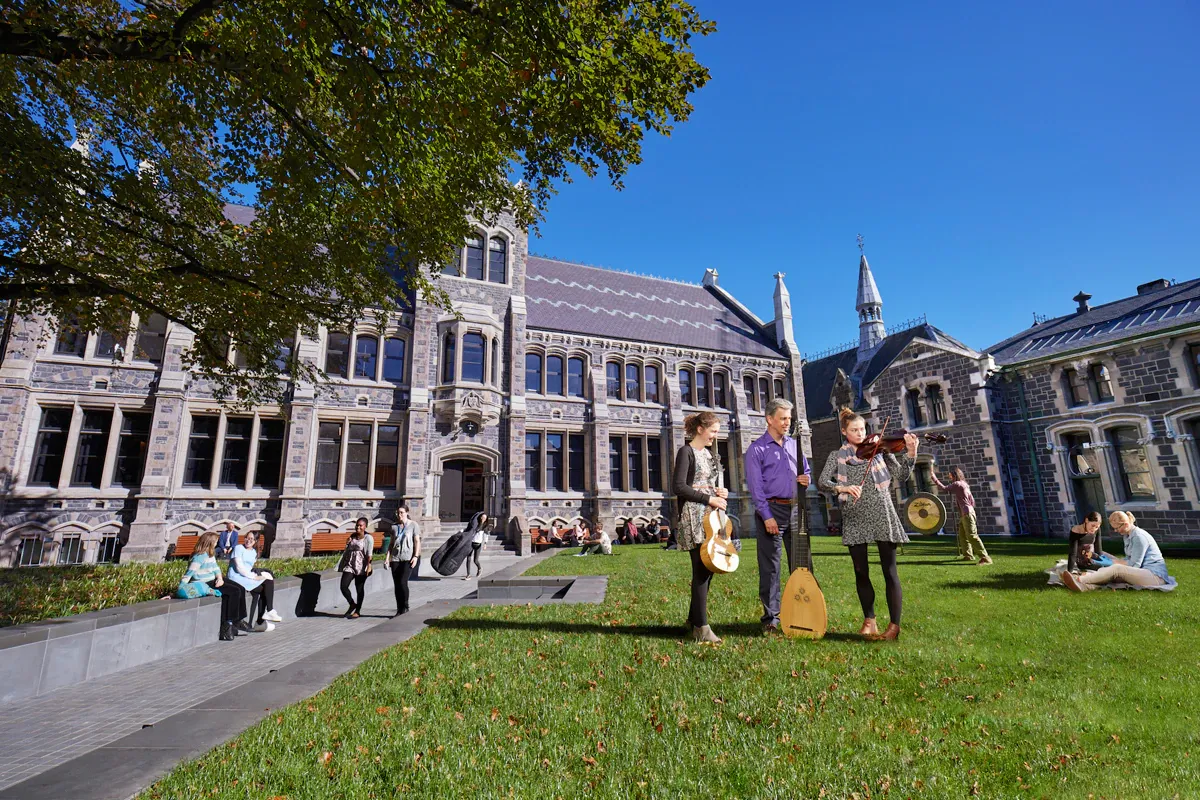
Opening its doors to the public this weekend for Open Christchurch - the Chemistry Building - UC Arts (Teece Museum/Classics/Music) at the Arts Centre Te Matatiki Toi Ora. Image: University of Canterbury.
Absolutely nowhere is architecture and public art more fiercely discussed than in Ōtautahi Christchurch. It was such before the devastating earthquakes of ten years ago; even more so now. And right now, it’s getting plenty of focus.
The inaugural Open Christchurch festival this weekend celebrates Christchurch’s architecture by opening over 40 buildings to the public for free. It’s being run by Te Pūtahi Centre for Architecture and City Making - an idea that would be great to see nationwide. Philip Mathews of Stuff spoke to director Jessica Halliday.
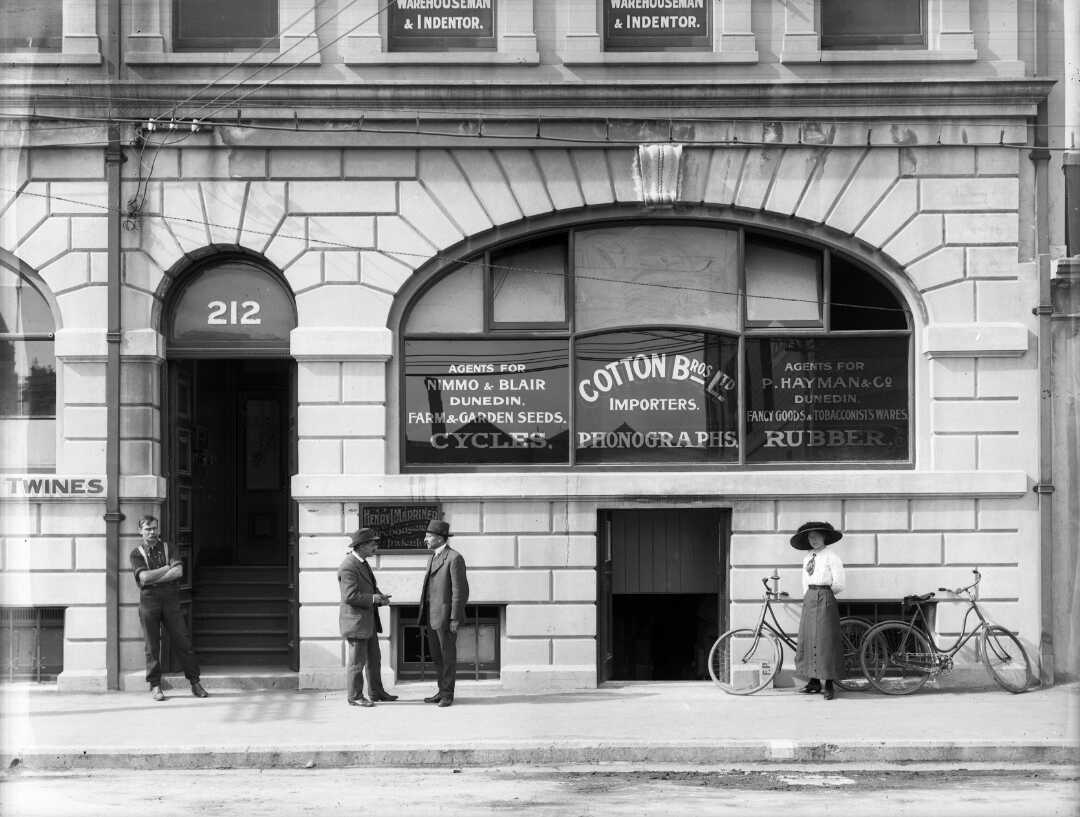
212 Madras Street (now the Ng Building) in 1913. Image: Courtesy of Alexander Turnbull Library.
Meanwhile, as the latest issue of visual art newspaper Artbeat details the history of, the battle is heating up to save Christchurch’s last remaining Edwardian warehouse in the CBD, the Ng Building. The building, which has been a centre for contemporary art and design and played a crucial role in this regard after the quakes, is on the central city site of the planned new stadium.
Incredibly though, after surviving the quakes and being earthquake restrengthened at considerable expense, then being initially advised by the Canterbury Earthquake Regional Authority (CERA) that it was feasible to include in the stadium design - in 2020 the government announced it couldn’t be.
In April (see Stuff report) the Crown finally obtained ownership of the building, and say they haven’t ruled out it being deconstructed or salvaged. Meanwhile, Lewis Bradford engineer Ashley Wilson told Frank Film - see RNZ film with video here - that moving the building was totally feasible. Yet, as Stuff reported, at the High Court in Wellington last Thursday, owners Sharon Ng and Roland Logan asked for interim orders to “stop the legal title changing to complete the forced acquisition, pending a full hearing of the case.” As I write, the judge has yet to make a decision.
As one of the few remaining earthquake-proofed heritage buildings in the central city, where many new buildings are large hulks in the cityscape, this is a big deal.
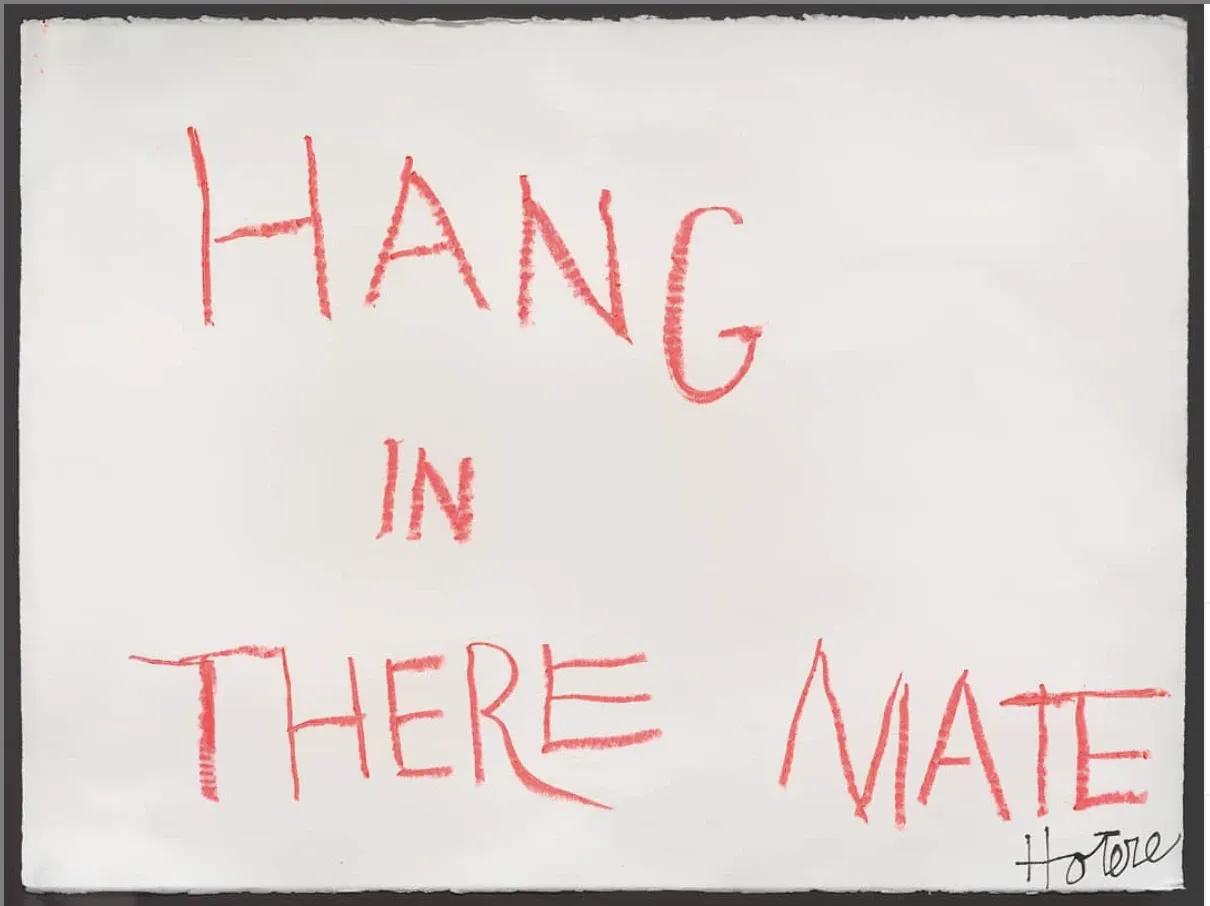
‘Hang in There Mate’ Ralph Hotere, 2013, oil stick on paper.
The NZ Herald also reported last week saving the Ng Building has led a group of supporters to organise an art auction on May 20 at the building, with the ‘hero work’ a late 2013 Ralph Hotere oil stick on paper drawing ‘Hang in There Mate’ gifted to his friends Logan and Ng explicitly to be used to help save the building.
Speaking of contentious, the enormous new Te Pae Convention Centre is getting ready to open later this year and taking shape is a large public artwork representing mana whenua by Simon Kaan and Rachael Rakena on the riverside. The large white sculpture Te Aika 2021 (report from Stuff with a video interview with Kaan and Rakena) will form a ceremonial entrance to Te Pae. The design was inspired partly by the home of Ngāi Tūāhuriri chief Aperahama Te Aika at Kaiapoi and the “cross-beam apex” which is a distinctive architectural feature of Ngāi Tahu whare.
Certainly, it is a welcome assertion of Mana whenua at the entrance of a major public building in New Zealand. In contrast, no public artworks have yet to be announced as part of the new Wellington convention centre, though there is provision for space within them.
Also with The Press/Stuff, Philip Matthews remembers across the other side of Cathedral Square how Neil Dawson’s giant ‘Chalice’ sculpture was once the ‘cone of contention’.
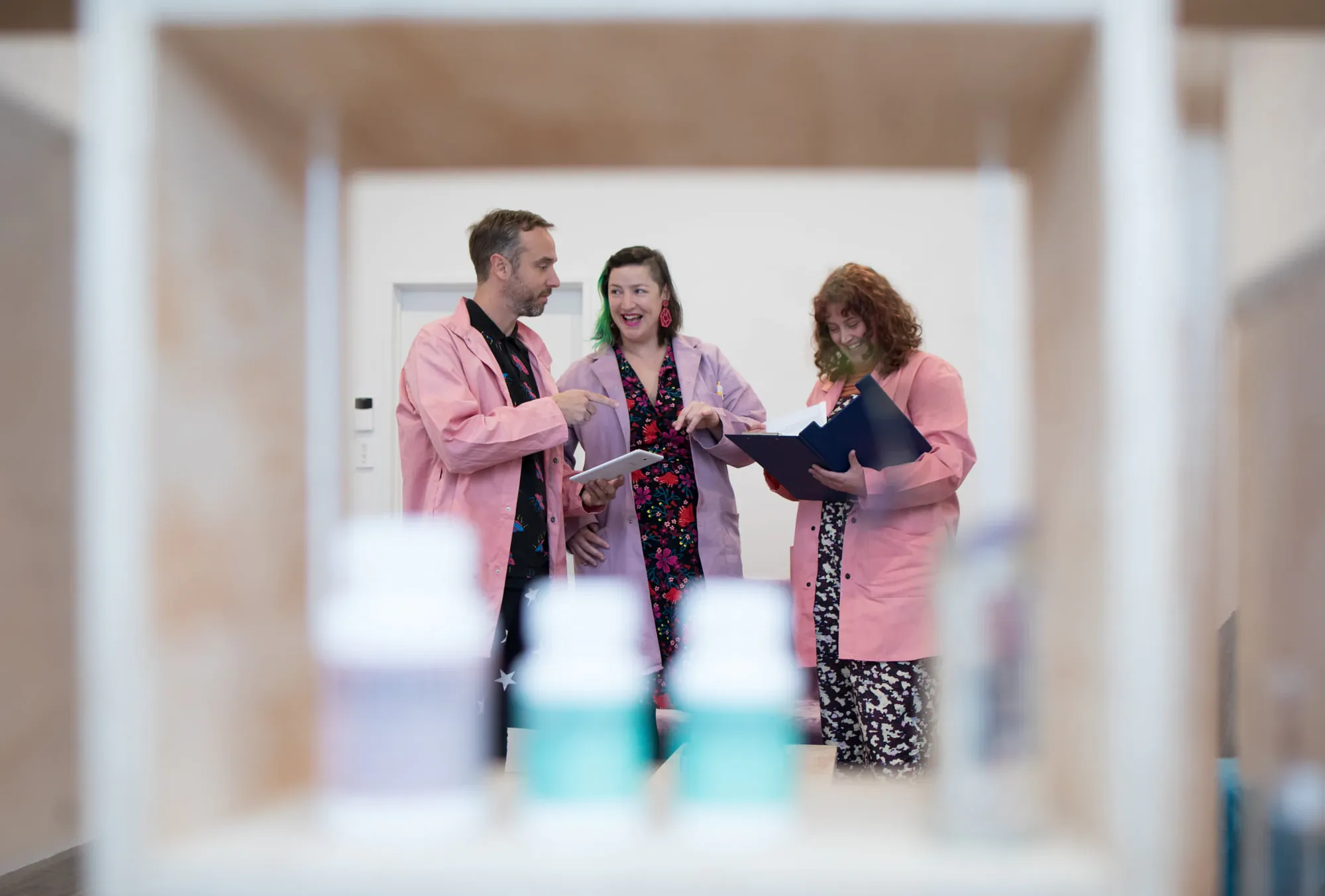
Art chemists Audrey Baldwin, Georgina Sivier and Gaby Montejo in Christchurch.
Finally wrapping up this week in Otautahi is “the world’s first art chemist”, as The Press reports (with lots of great details), “dispensing therapeutic and helpful art tips to suit every mood.” It’s the brainchild of a group of social art practitioners who have had plenty of experience over the last ten years experimenting in public space with how art can be a salve for psychic wounds.
Lasting legacy

We were very sad to hear this week of the passing of Auckland public art practitioner Caroline Robinson, a passionate advocate for ‘regenerative art practice’, where artworks are developed within a whole living systems framework (see her website Cabal) as part of major city works.
“An artist leader who completes complex creative projects with a discipline (no matter what the scope, scale and/or materials to be realised) that sets benchmarks for others,” wrote Elisabeth Vaneveld, former Executive Director of The Big Idea, where Robinson was a founding core team member. Robinson’s large-scale development projects across Tāmaki Makaurau included as part of Grafton Gully Motorway and the Glen Innes and Panmure town centre redevelopments. Caroline was aged 52.
Arts attendance on the rise
The Dominion Post on Wednesday ran a story on how the arts are doing better than first feared post-lockdown, with the story led by comment from Minister Carmel Sepuloni.
Yes, in a way that really shows the core value of the arts, the public is returning to events and art with increased interest, but the article isn’t able to run the numbers on the effects multiple lockdowns and restrictions have had on the performing arts over the last year - those numbers would be good to see to truly understand where we’re at.
NZ Music Month treats
The richness of online offerings now for Music Month are sizeable. So here are a few things I’ve picked up this week.
Firstly, on the NZMM site, there’s a weekly EDM navigating to all number of projects - it comes recommended. In it this week comes news that the UK’s Great Escape festival is online this year and has a Kiwi lineup that includes Teeks, Reb Fountain, Purple Pilgrims and Merk. They will be streaming this Saturday morning 15 May.
Gareth Shute has written an excellent feature over on the Flying Nun blog, considering whether the past year has been “great or terrible” for New Zealand music, while also on that site Ian Jorgensen (A Low Hum) has shared previously unseen footage of the late Reuben Winter and written about his impact.
Now That’s What I Call RDU is a daily podcast over the month from the radio station looking at aspects of the Canterbury music scene. They’re loaded up here.
And where would we be this month without mixtapes? The team at the National Library roll out a great mixtape, this year focusing on “embracing the spirit of Creative Commons and the art of remixing another's work.” And then there’s my current favourite monthly new music mixtape from Under the Radar, with a NZMM special.
Back in print
Not something online - yet - but key contemporary art magazine Art News New Zealand is back under new publishers Bruce Qin and Paul Evans and Managing Editor John McCormack.
After 23 years, publisher Brenda Chappell retired at the end of last year - a remarkable record - and a big bouquet also to the new publishers for picking it up. The winter issue is packed with great writers and stories, and you can expect a new design and editorial approach ahead. While their web presence is low, for more information go to their Facebook page.
